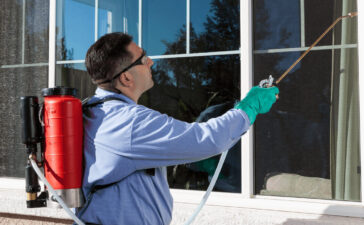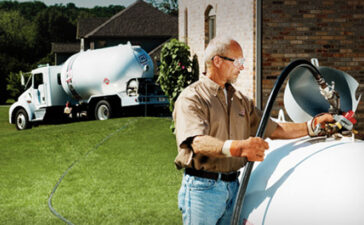Workplace regulations in Canada require employers to provide employees with certain facilities to ensure a safe and healthy workplace. These include some of the basic needs of the workers, including sanitation. While setting up a worksite, you would have to ensure that the employees have proper toilets available.
What are the regulations that you need to keep in mind?
Not following the Occupational Health and Safety Act (OHSA) and regulations can entangle employers with legalities. Moreover, it is humane for employers to ensure that the workers do not face trouble accessing adequate sanitation facilities. Not taking care of the needs of your employees can result in poor workplace morale and eventually cause them to stop working for you. Here are some of the sanitary regulations that you would have to keep in mind:
- Providing adequate toilets
It is the employer’s responsibility to provide adequate number of toilets for the workers. If you are employing up to nine workers, one lockable washroom should be enough. Anything between ten to 24 workers would require two toilets, after which you would have to add a toilet for every 25 workers. If more than a hundred employees would be using the units, you need to provide at least five units and add a toilet for every thirty additional employees.
- Providing separate toilets for men and women
If you employ ten or more workers at the site, you will have to provide separate toilets for male and female workers. Do make sure that while calculating the number of toilets needed, you would have to count toilets for men and women separately. Thus, if you employ 48 workers, among whom 26 are males and 12 are females, you will need three male toilets and two female toilets. You may choose to replace up to two-thirds of the male toilets with urinals.
- Proper waste disposal or containment
Proper disposal of the wastes in a toilet is crucial for the health of the workers. If running water is available, you would have to arrange for water flush toilets connected to a sanitary sewer. In case of the unavailability of running water, you can install a chemical toilet. Not making these arrangements would make these toilets unusable quite fast due to dirty and foul-smelling conditions. Self-contained toilets would also need regular emptying and cleaning.
- Washbasins
The regulations also require employers to provide an adequate number of washbasins with the toilets. A single enclosed bathroom must have a washbasin, while any additional units may come with either washbasins or other equivalent facilities. If it is not possible to provide washbasins, you may arrange for chemical sanitizer dispensers instead. You would also have to provide sanitary hand towels and receptacles or hand dryers for proper drying.
- Other regulations
Apart from these, other regulations ensuring the coverage of basic requirements in a toilet are relevant too. For instance, toilets must remain enclosed to provide privacy and offer protection against weather conditions. There should be adequate lighting and ventilation to keep the toilets in a usable state. Toilet paper and other sanitary supplies should be available, along with a garbage bin.
How to comply with all these regulations and ensure proper sanitation?
The only way to ensure adequate sanitary facilities in a worksite that lacks permanent bathrooms is to rent portable toilets. A well-established company should be able to provide you with as many toilets as you need. You can also choose to rent accessories, such as washbasins. Leading companies offer a wide range of portable toilets, which means you can pick exactly what you need at the worksite.









